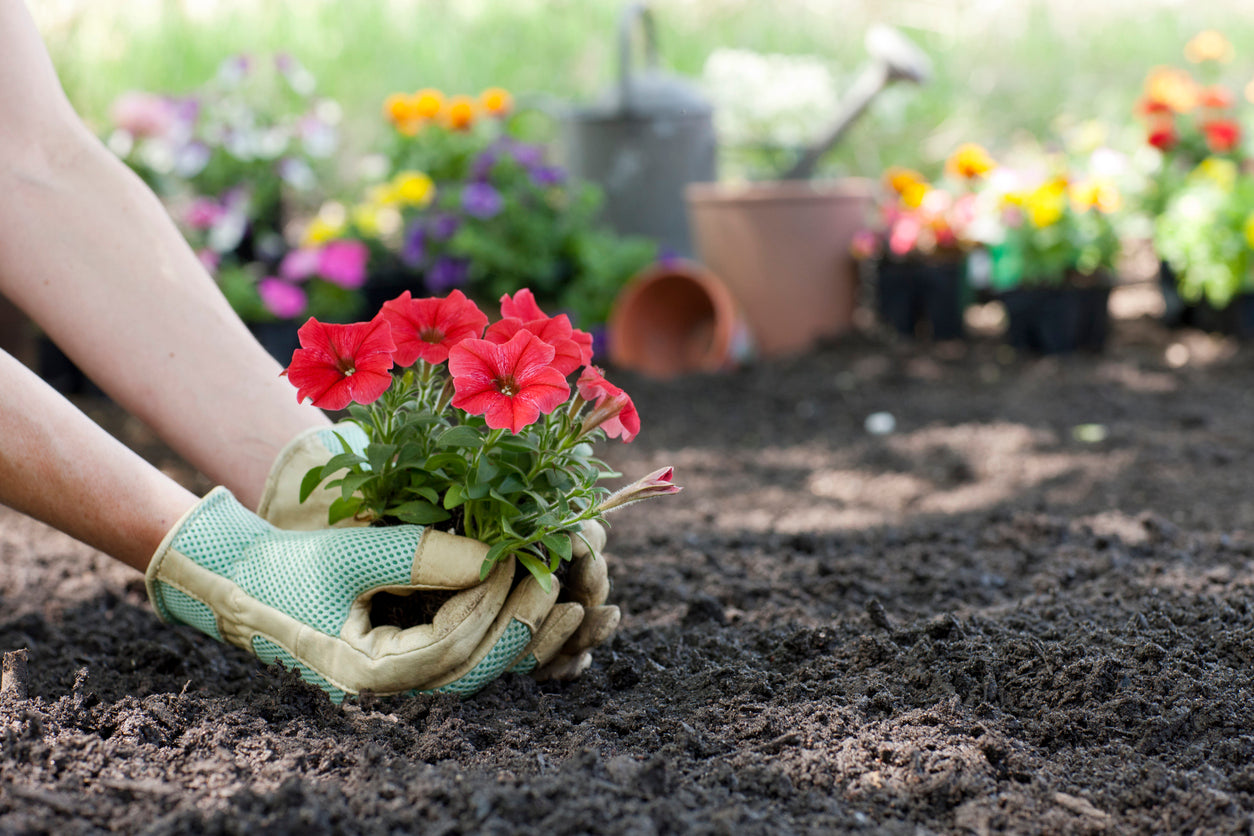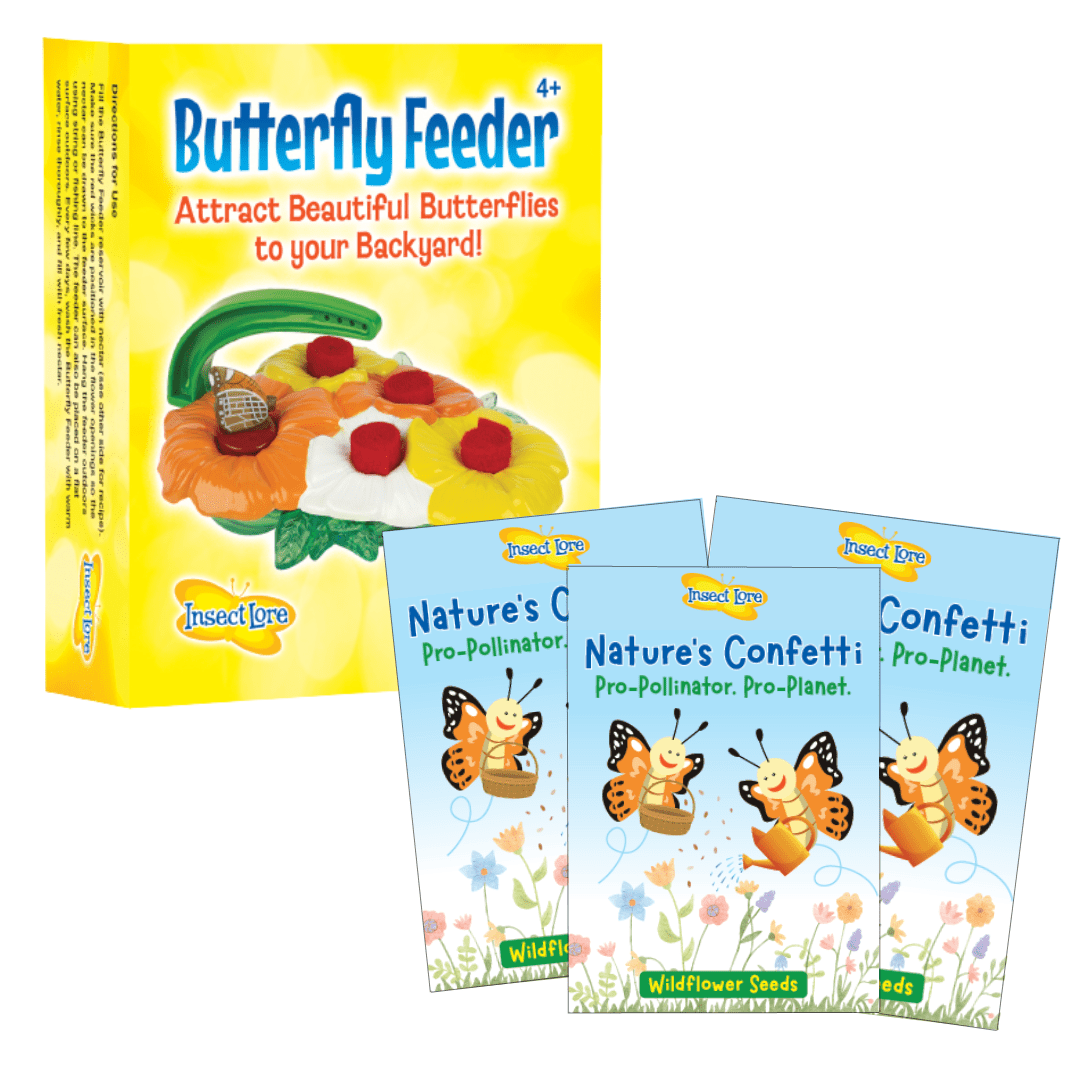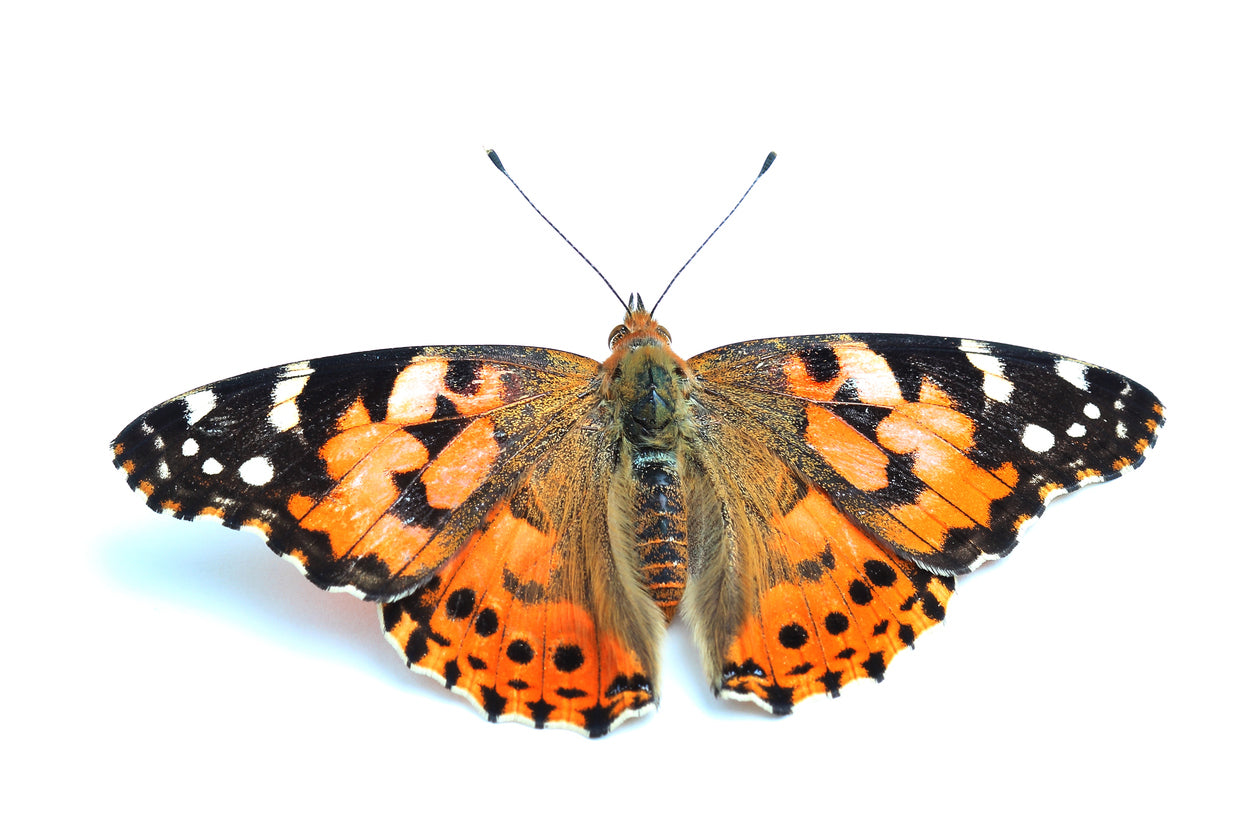Dare to design! Designing a pollinator garden with diverse plant heights, clustered groupings, and supportive habitat features greatly enhances its effectiveness. Including a variety of plant heights (such as low-growing ground covers, mid-sized perennials, and taller flowering shrubs) provides layers of foraging and resting spots suited to different pollinator species. Grouping the same plant species in clusters rather than scattering them helps pollinators locate and efficiently gather nectar and pollen.
Adding shallow water sources like birdbaths with stones for landing, along with shelter areas such as brush piles, bee hotels, or dense plantings, offers essential resources for drinking, nesting, and protection from the elements... and makes your garden a haven for pollinators!










